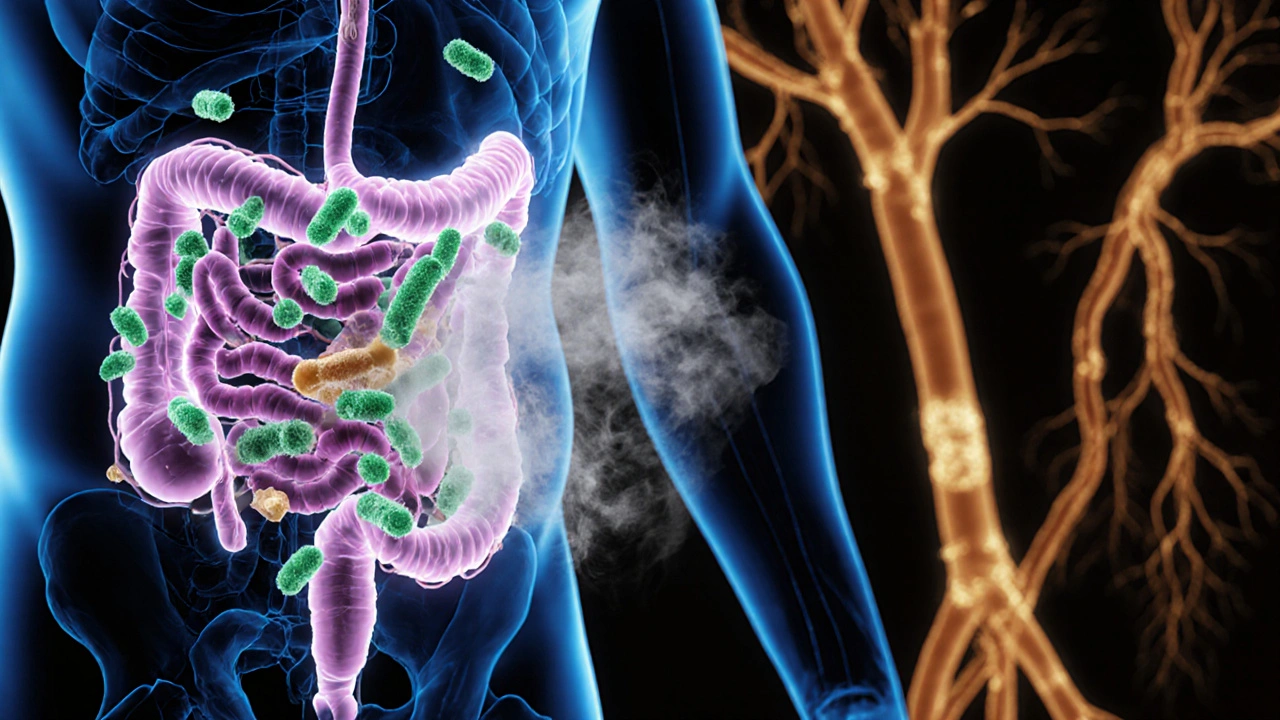Blood pressure: what to watch, what to do, and how to save
High blood pressure often shows no obvious signs — you can feel fine and still be at risk. That’s why checking your numbers matters. Keep a simple plan: know your readings, improve daily habits, understand common meds, and cut costs where you can.
Start with the basics. A normal reading is under 120/80 mmHg. Readings consistently above 130/80 mean you may have hypertension. If your numbers are high, small changes can move them down: drop extra salt, walk 30 minutes most days, lose a little weight if you need to, limit alcohol, and manage stress with sleep and simple breathing exercises.
Medicines and real alternatives
Many people need medicine to control blood pressure. Common classes are thiazide diuretics (like hydrochlorothiazide), ACE inhibitors, ARBs, calcium channel blockers, and beta-blockers. If hydrochlorothiazide (HCTZ) isn’t working or causes side effects, there are solid alternatives. Chlorthalidone is a thiazide-like option that often works longer. Potassium-sparing diuretics such as spironolactone (Aldactone) help some patients, especially if they retain fluid. ACE inhibitors or ARBs are good if you have diabetes or kidney concerns. Your doctor decides based on other health issues and test results.
If you want a practical read, check our guide “Alternatives to Hydrochlorothiazide Explained” — it compares the main options and why a doctor might choose one over another.
Potassium, monitoring, and safety
Potassium plays a big role in blood pressure. Low potassium can raise readings. Foods like bananas, spinach, beans, and potatoes help. There’s also a detailed post, “Boost Your Energy and Health with Potassium Supplements,” that explains doses and signs of low potassium. Be careful: too much potassium — especially if you take potassium-sparing drugs or have kidney problems — can be dangerous. Always check with your provider before starting supplements.
Home monitoring helps you and your doctor spot trends. Take readings at the same time each day, sit quietly for five minutes first, and write down the numbers. Bring a log to appointments — it’s more useful than relying on memory.
Worried about drug costs? We’ve got tips. Read “Pharmacist Hacks for Finding Cheaper Prescriptions” for real tricks pharmacists use: compare cash prices, ask about generic options, and check patient assistance programs. Also try digital health apps that compare Rx prices fast — our post on “Best Digital Health Apps for Instant Prescription Discounts” explains which apps tend to save the most.
If you suspect a blood pressure emergency — very high numbers with chest pain, shortness of breath, sudden weakness, or confusion — get medical help right away. For day-to-day care, simple lifestyle moves, smart medicine choices, and checking costs can make blood pressure easier to manage without stress.
Want articles that go deeper? See our posts about HCTZ alternatives, potassium supplements, pharmacist savings, and price-comparison apps for practical next steps.

How Probiotics Affect Heart Health: Science-Backed Connections
Probiotics aren't just for digestion-they help lower blood pressure, reduce bad cholesterol, and cut heart disease risk by balancing gut bacteria. Science shows how specific strains support cardiovascular health.
Read More
Clonidine: Uses, Effects, Dosing, and What You Should Know
This article digs into what clonidine is, how it helps with blood pressure and anxiety, what to expect with dosing, and the real-life experiences people have with this medicine. You'll also pick up tips for managing clonidine's side effects, get honest takes on what it feels like to use it, and see why some doctors choose it as a go-to option. Whether this is your first time hearing about clonidine or you're already taking it, you'll find practical info and surprising facts you can actually use.
Read More